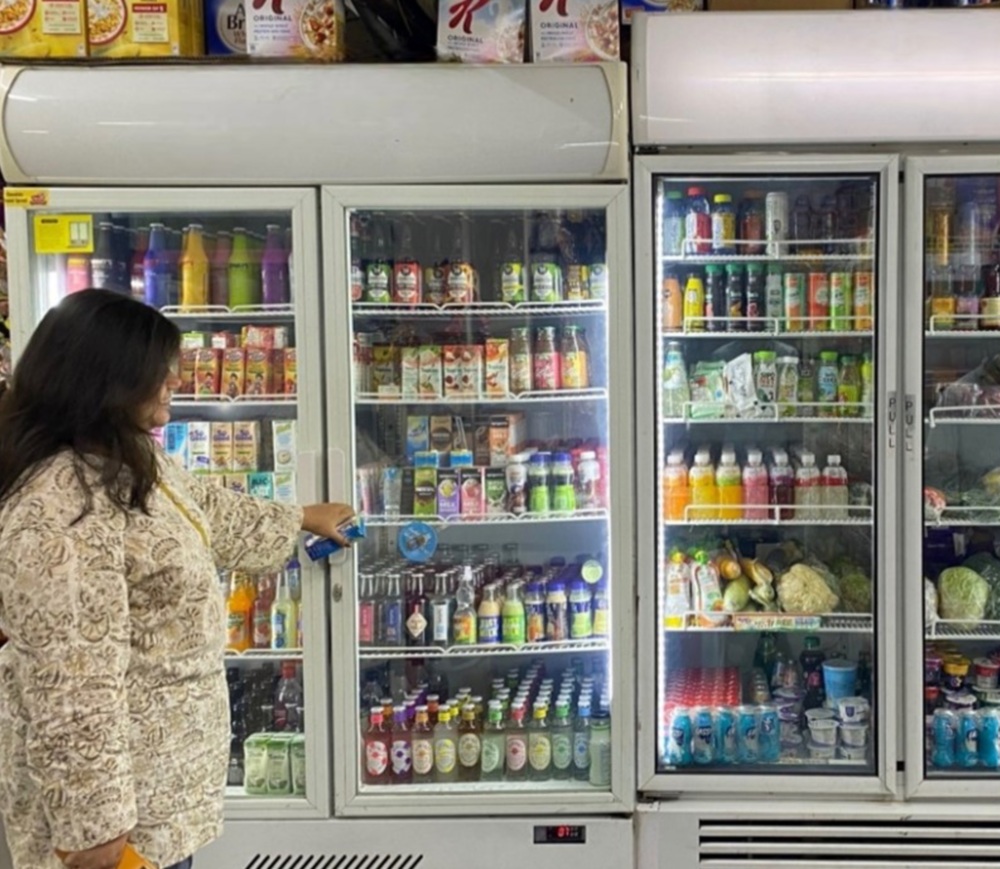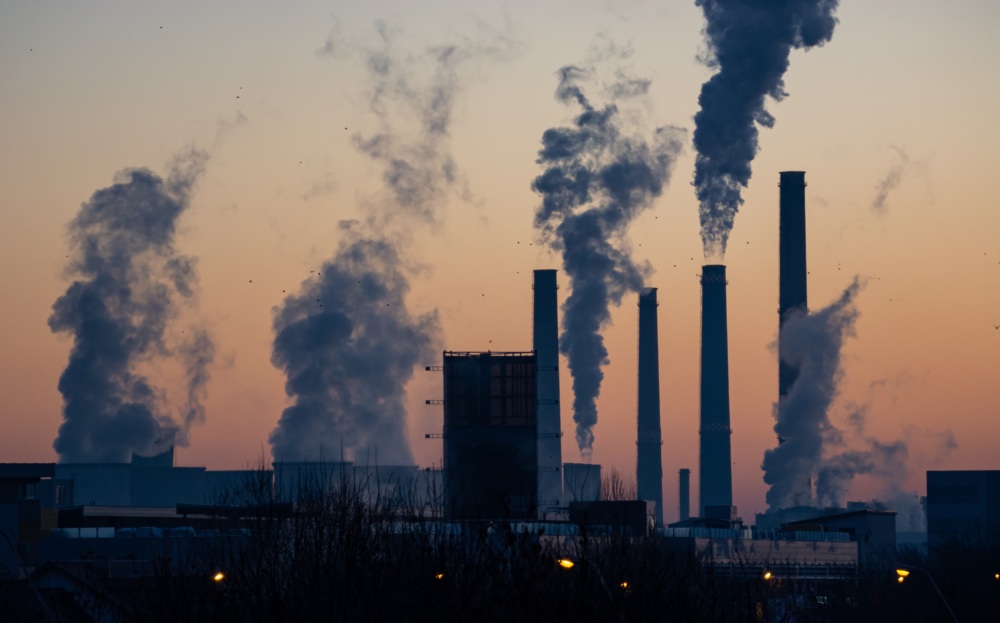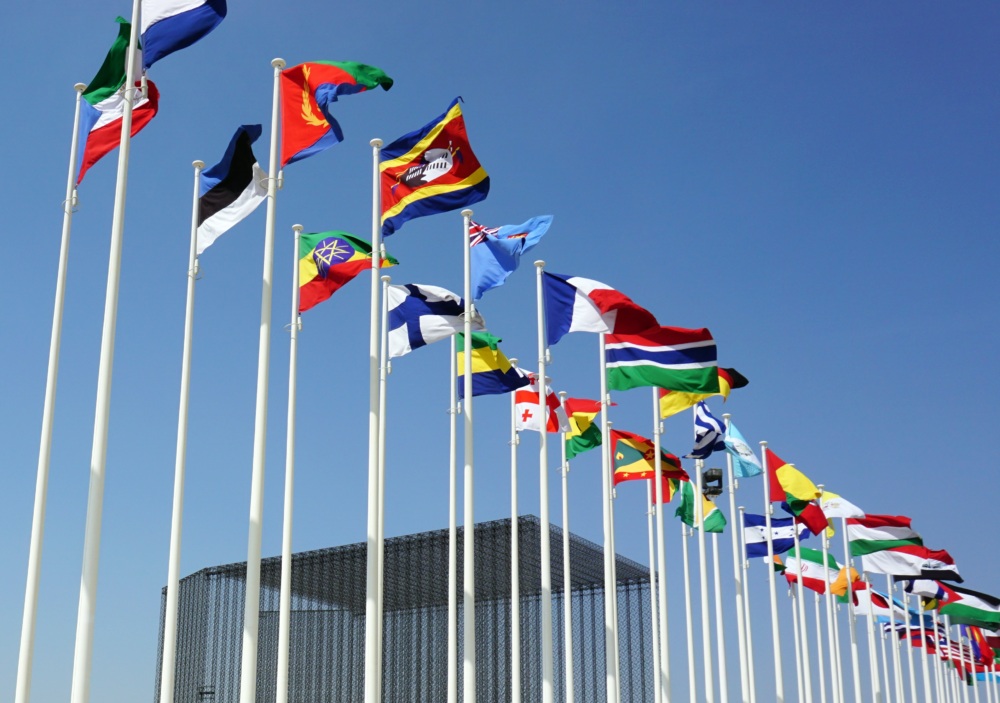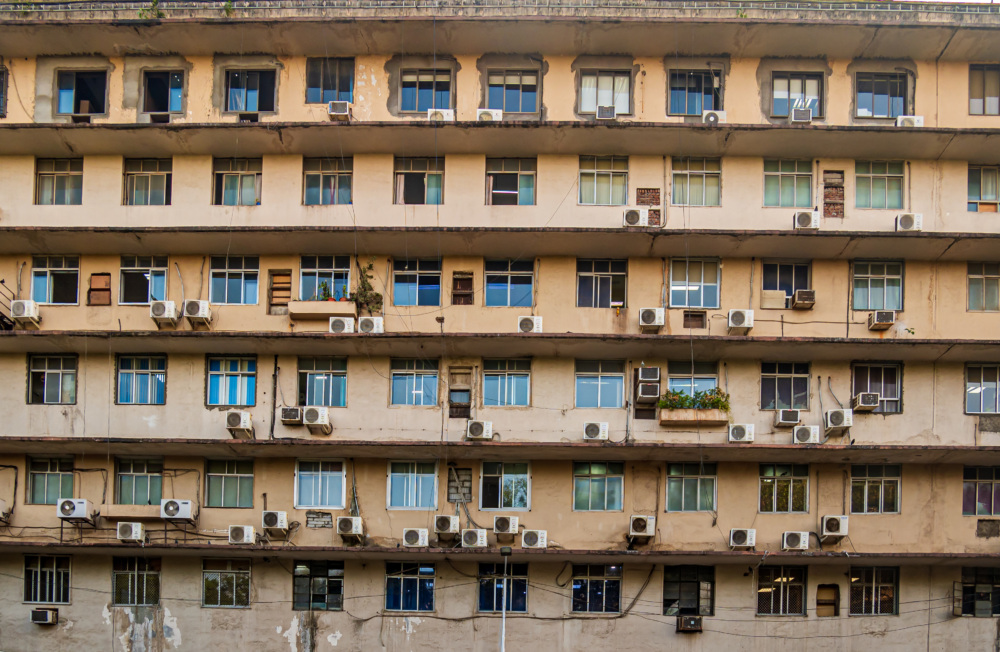Improving global comparability: how do Europe’s S&L policies stack up?
Summary
Comparing energy performance requirements for appliances from country to country is difficult because of variations in product definitions, misaligned energy test procedures, and divergent efficiency metrics. This complex landscape can prevent policymakers from identifying or adopting global best practices in standards and labels (S&L). It can also present barriers to the proliferation of highly energy-efficient products.
S&L policies are built on a series of technical foundations: product definitions, test procedures, efficiency metrics, and performance levels. Policymakers can increase alignment of product policies by improving the alignment of any of these building blocks. Approximately 18 products are currently comparable across major economies: they either have internationally aligned test procedures or have been the subject of a benchmarking study that establishes robust conversion factors among divergent test procedures. This paper discusses how the European Union (EU) compares to other major economies in product coverage for a set of 100 products and in policy stringency for these 18 comparable products. The paper also examines the costs and benefits of increasing the coverage and stringency of S&L policies in Europe to match world best levels.
For those products whose S&L policies cannot currently be compared, this paper discusses concrete opportunities for increased alignment of the technical foundations or building blocks that underlie product policy, with a focus on implications for the EU. It builds on a study conducted by The Policy Partners for CLASP, which presents the largest and most comprehensive comparison of minimum energy performance standards (MEPS) and energy labels ever compiled. It covers nine major economies Australia, China, the European Union, India, Indonesia, Mexico, Russia, South Africa and the United States and more than 100 products across eight different product areas. The analysis describes which product policies are comparable across economies, which are not, and which could be.









